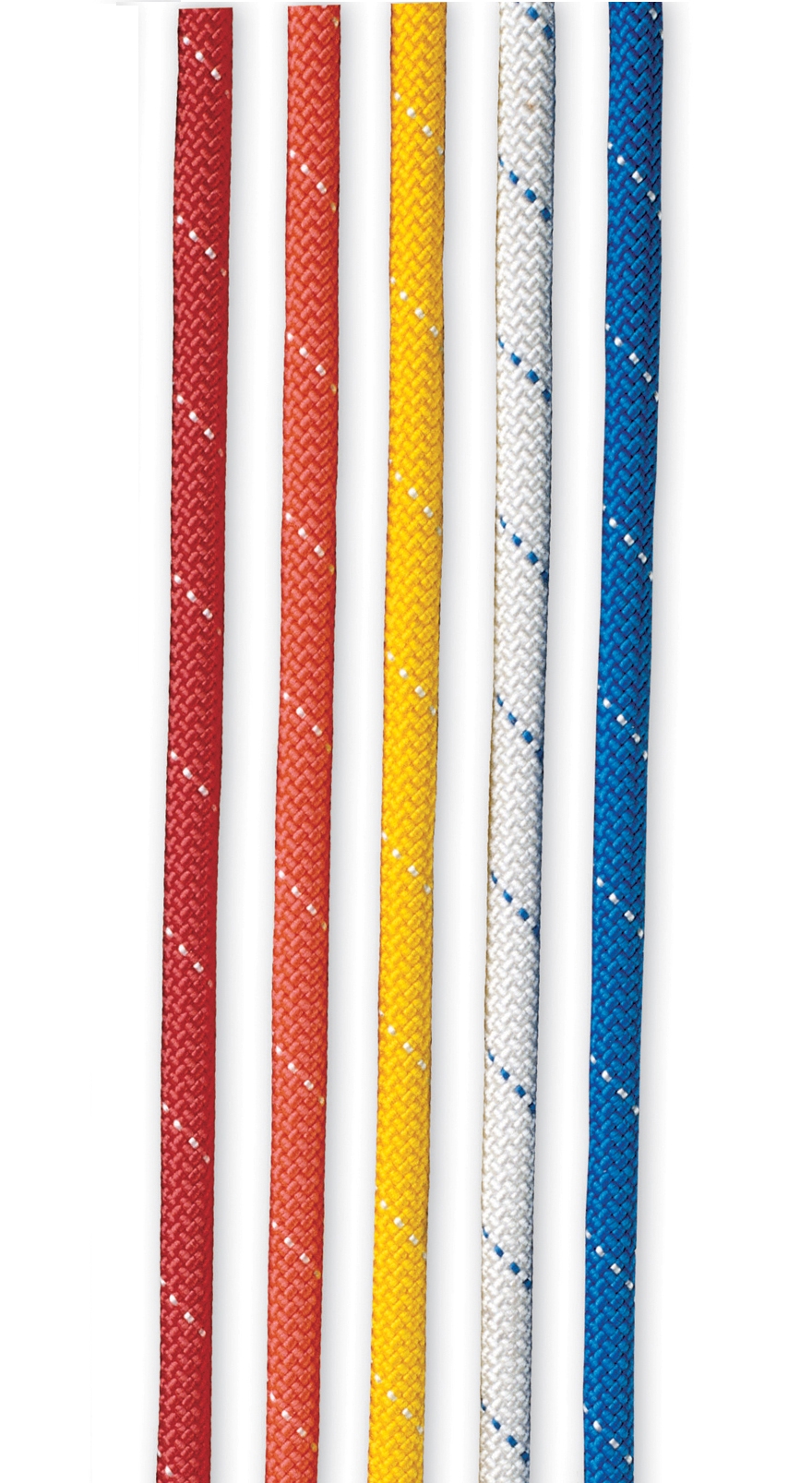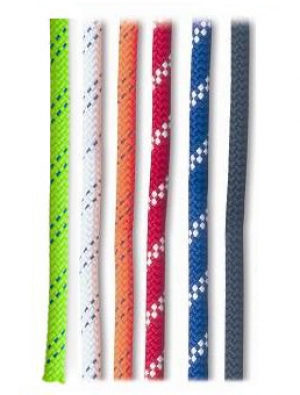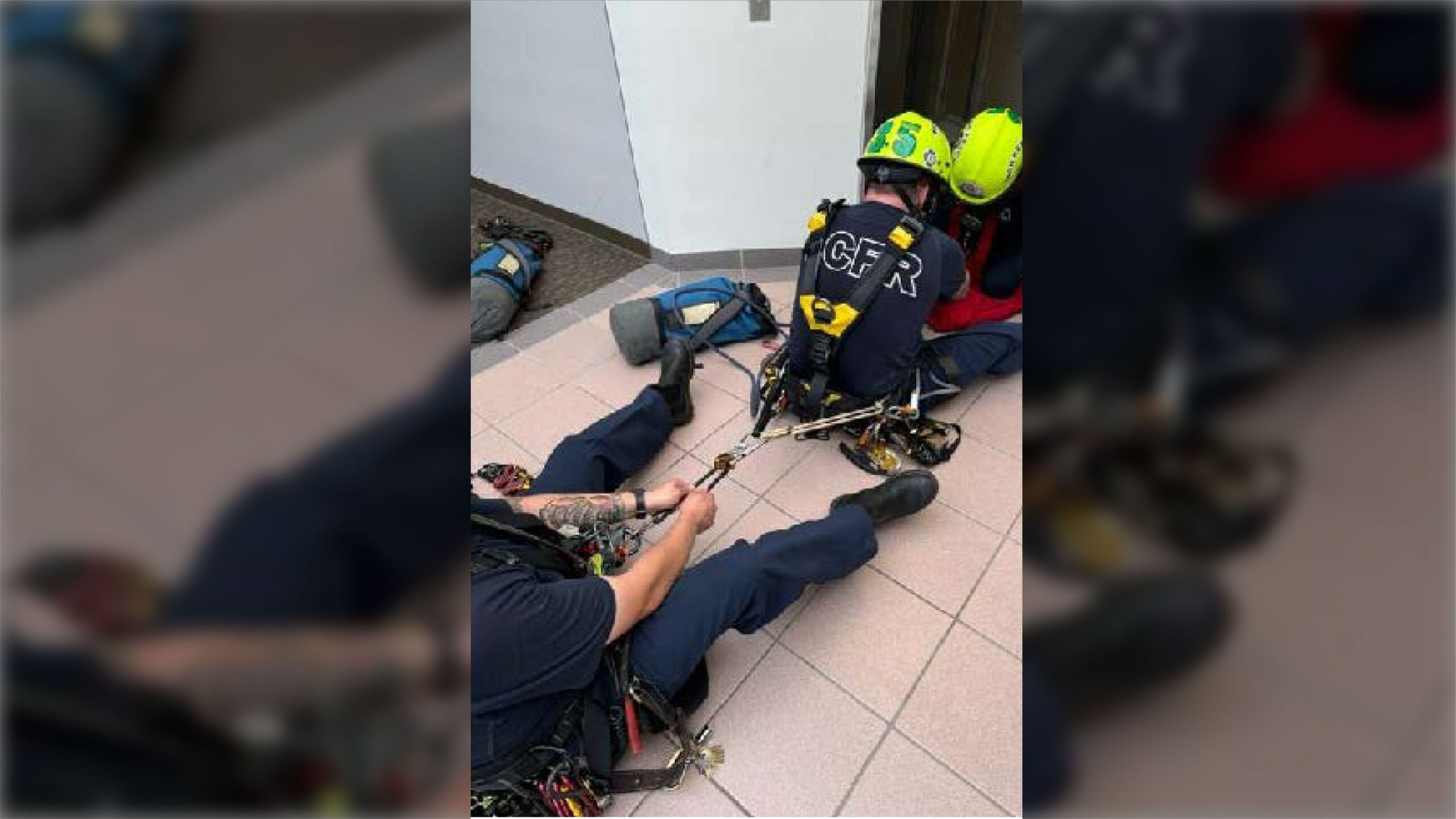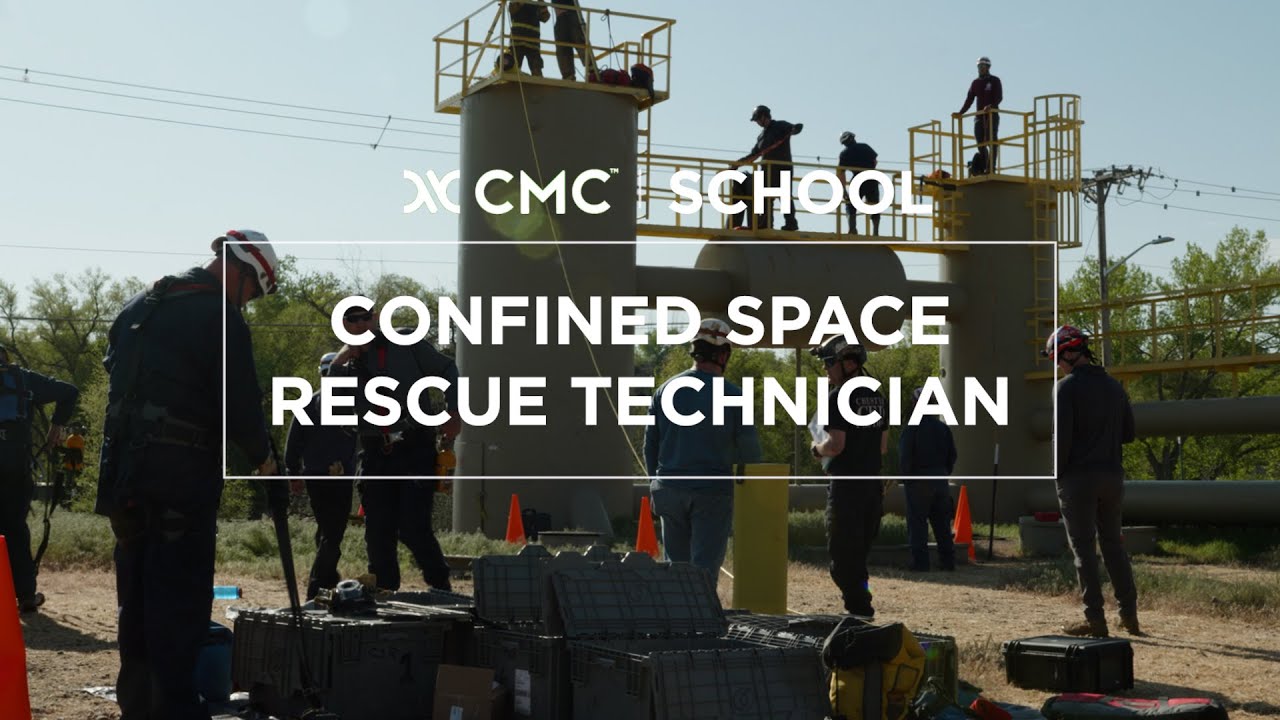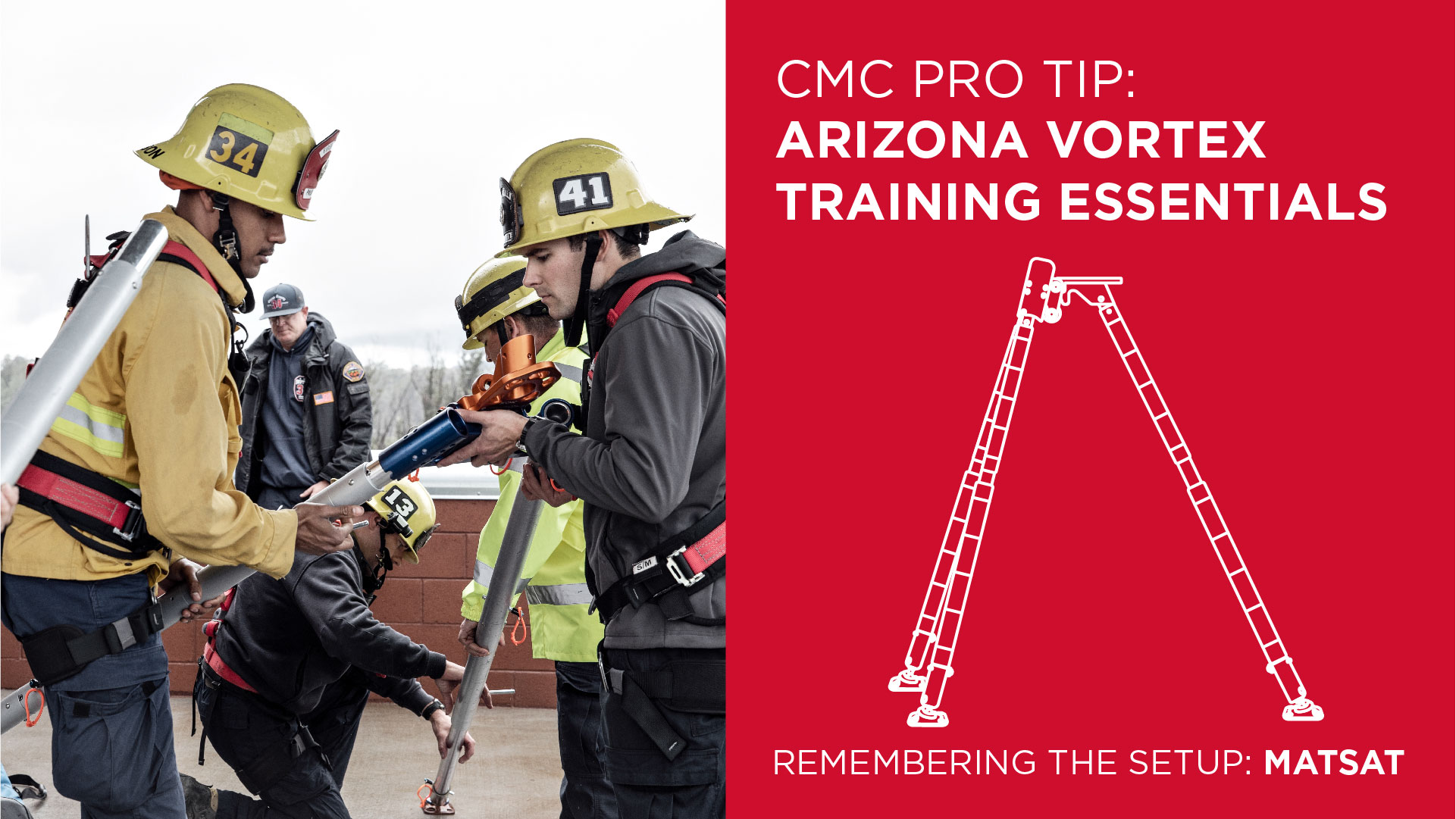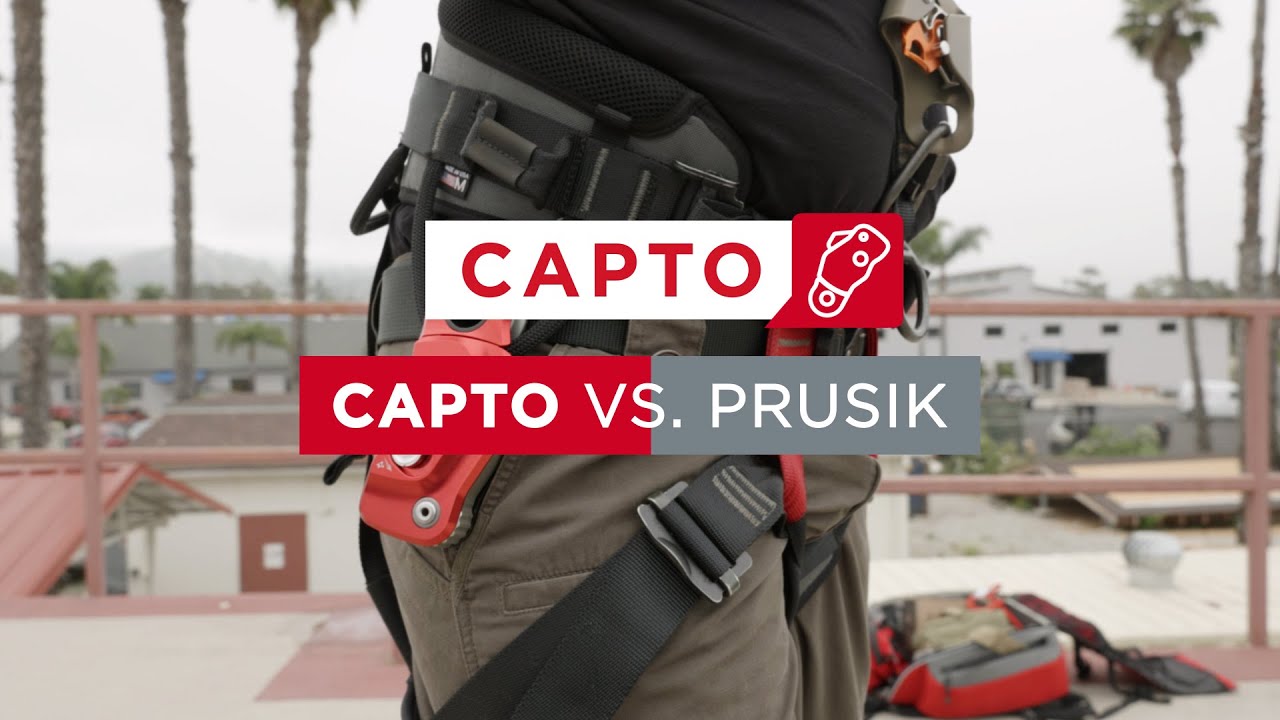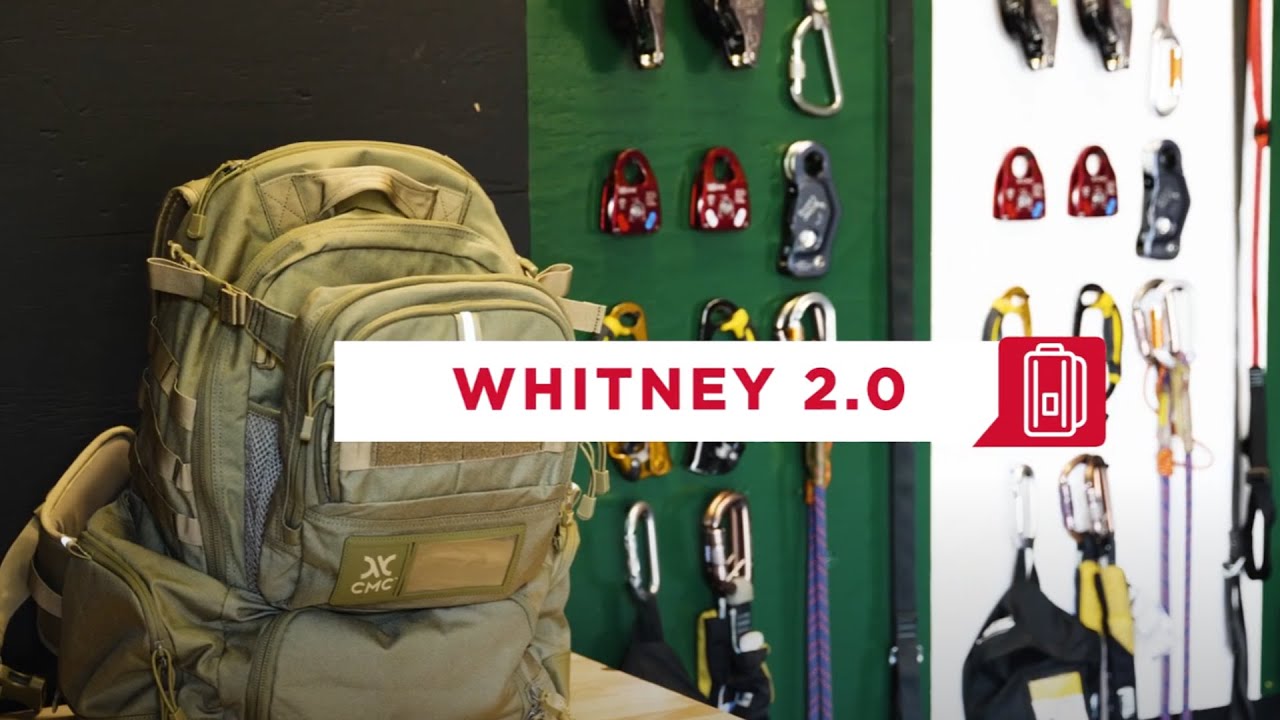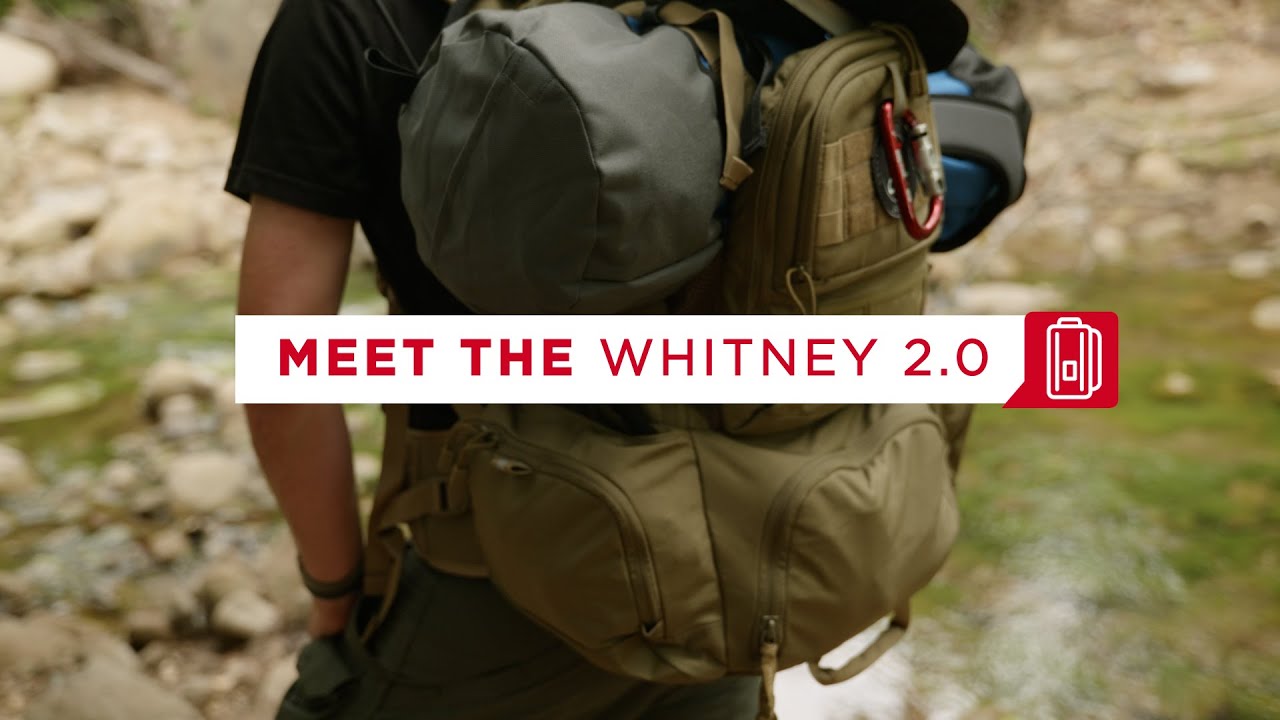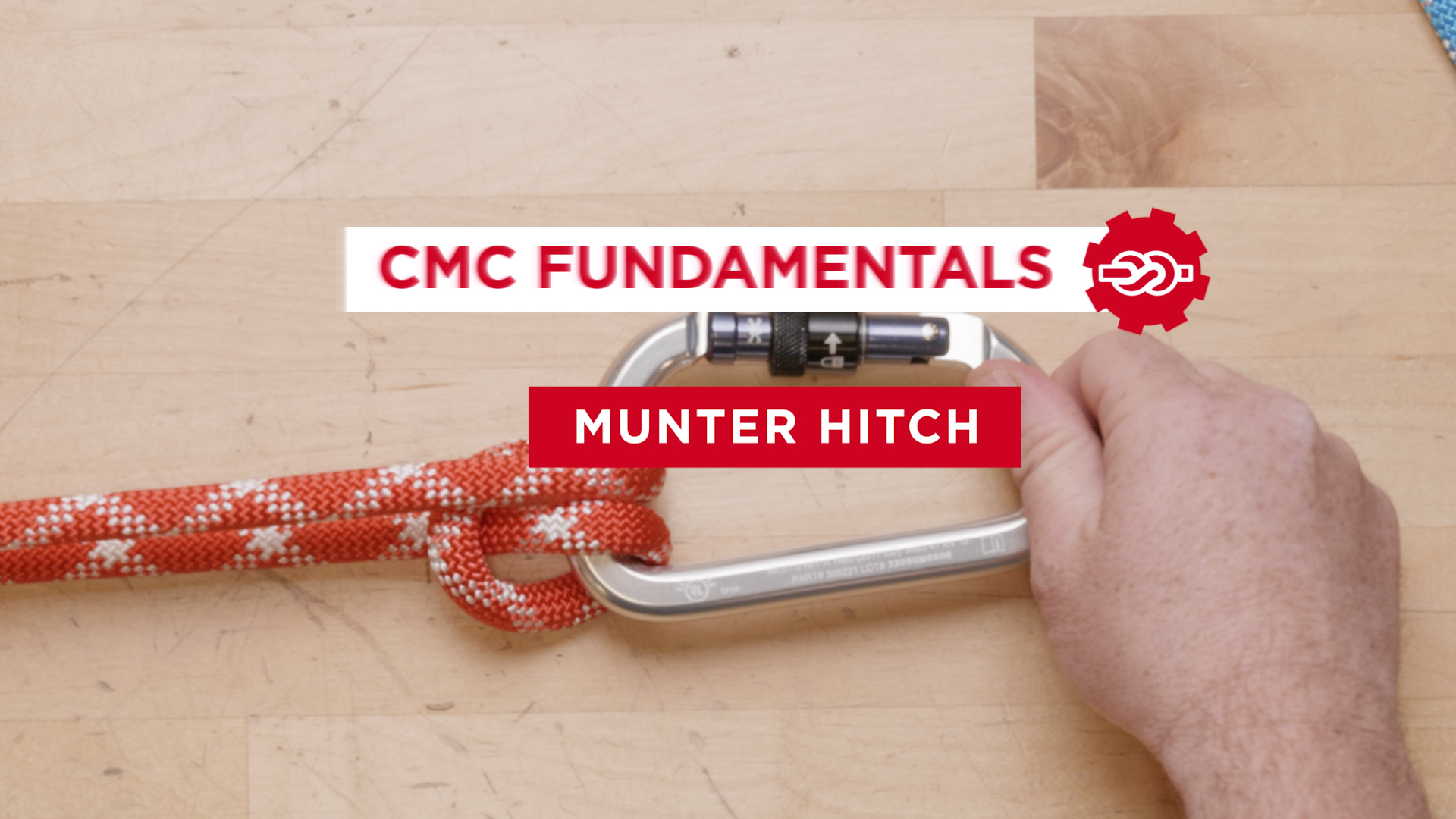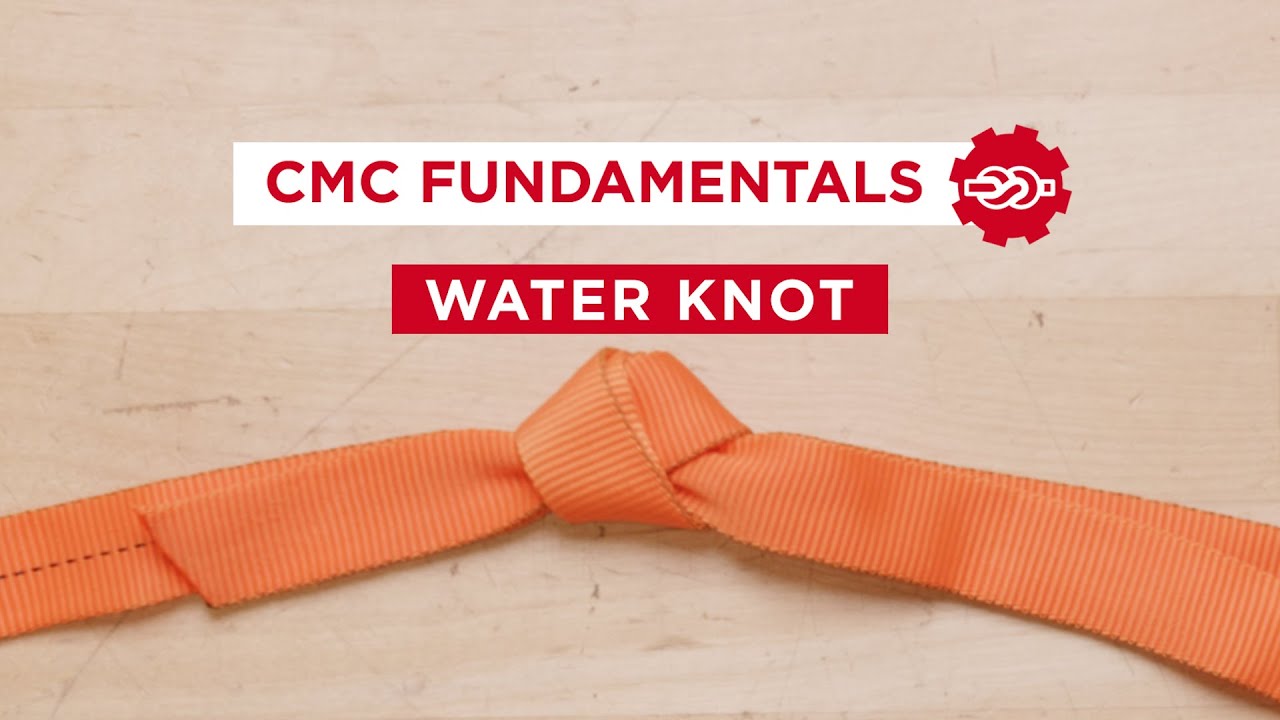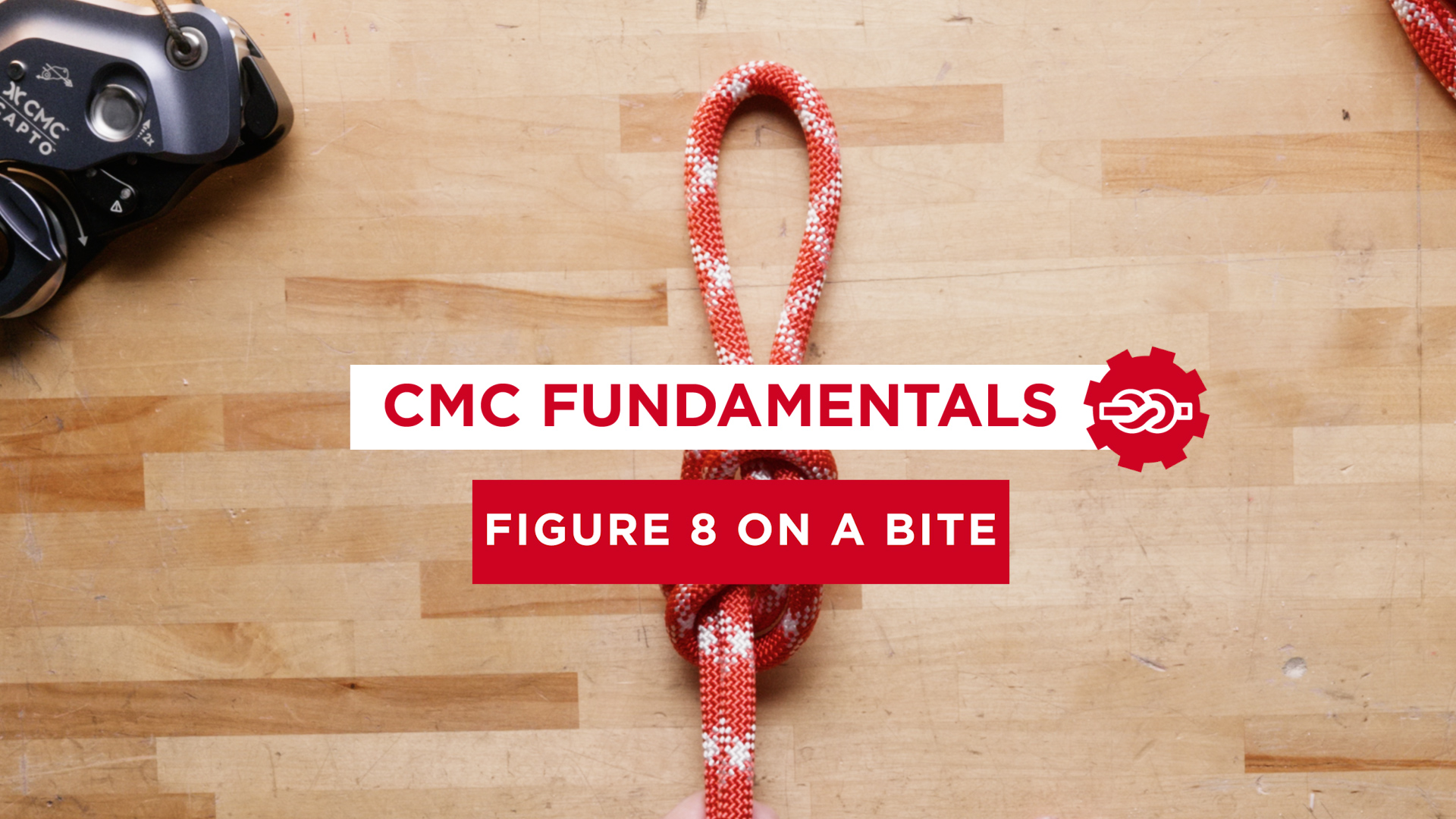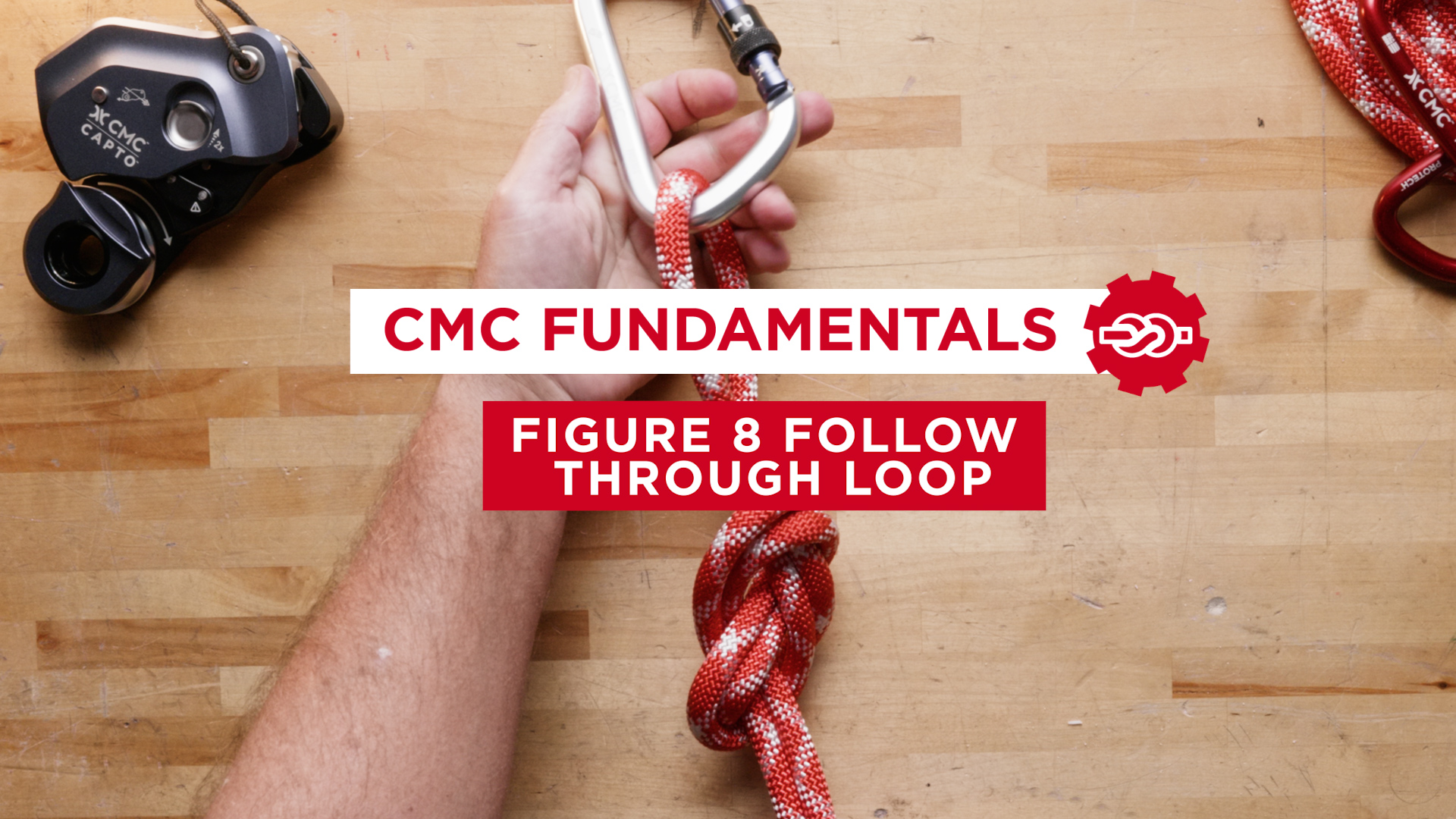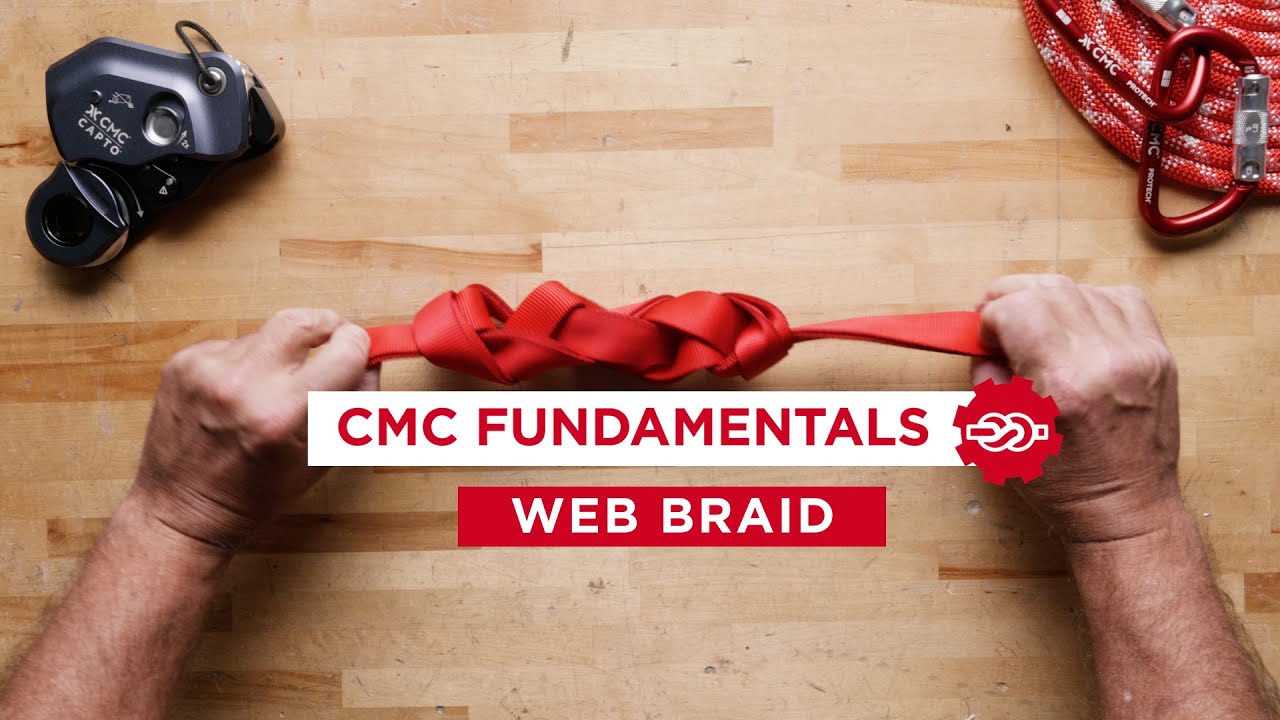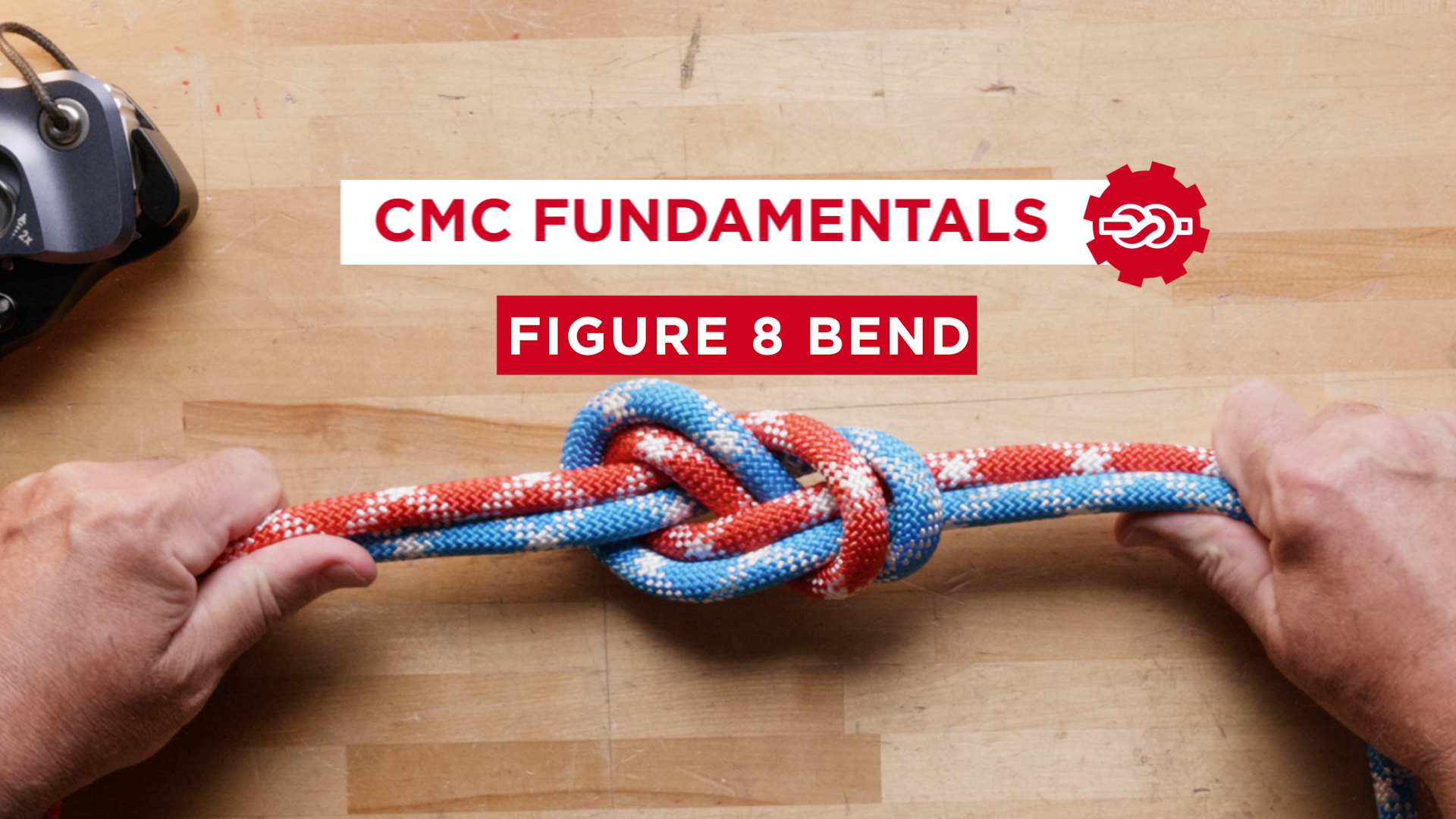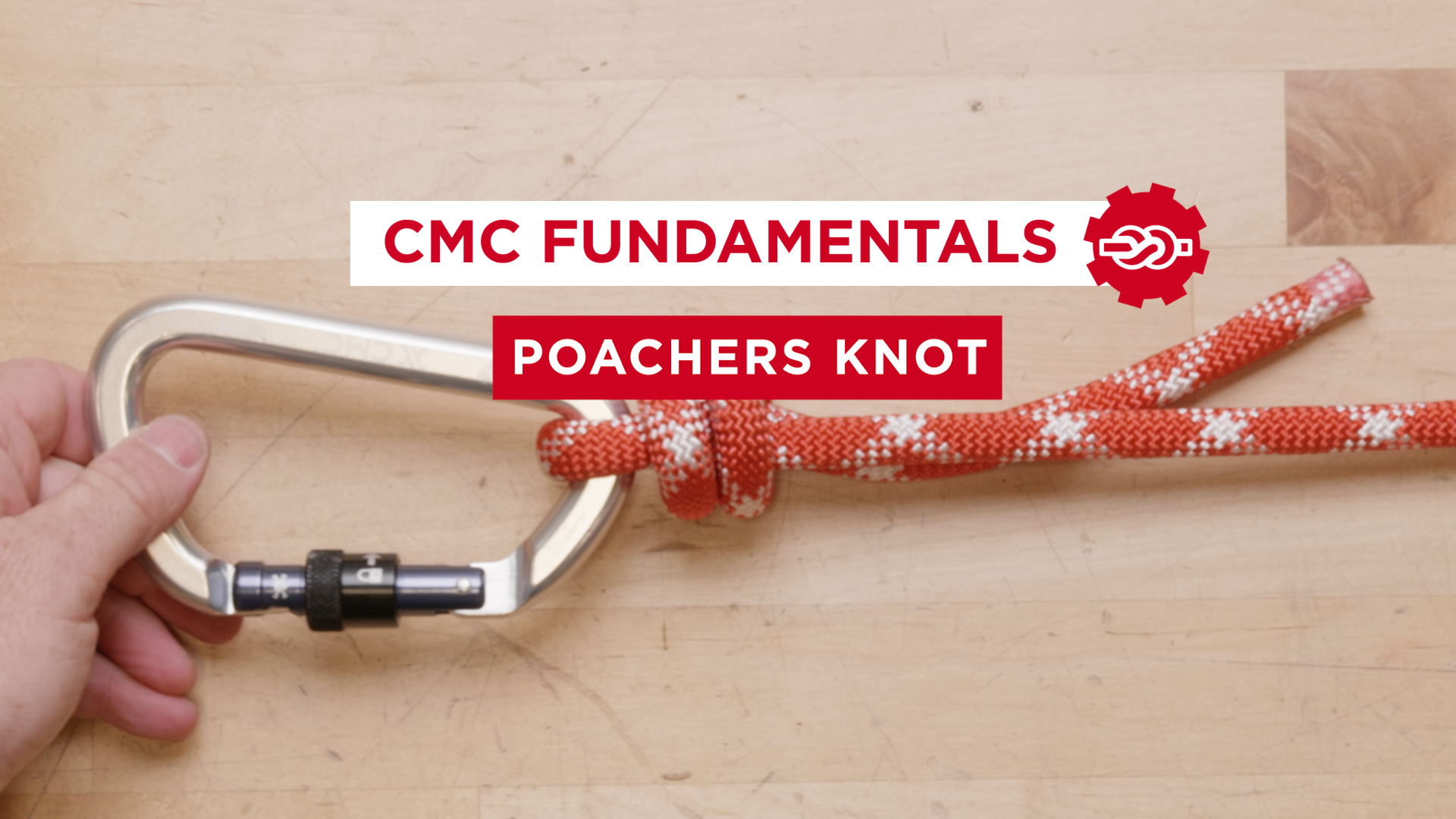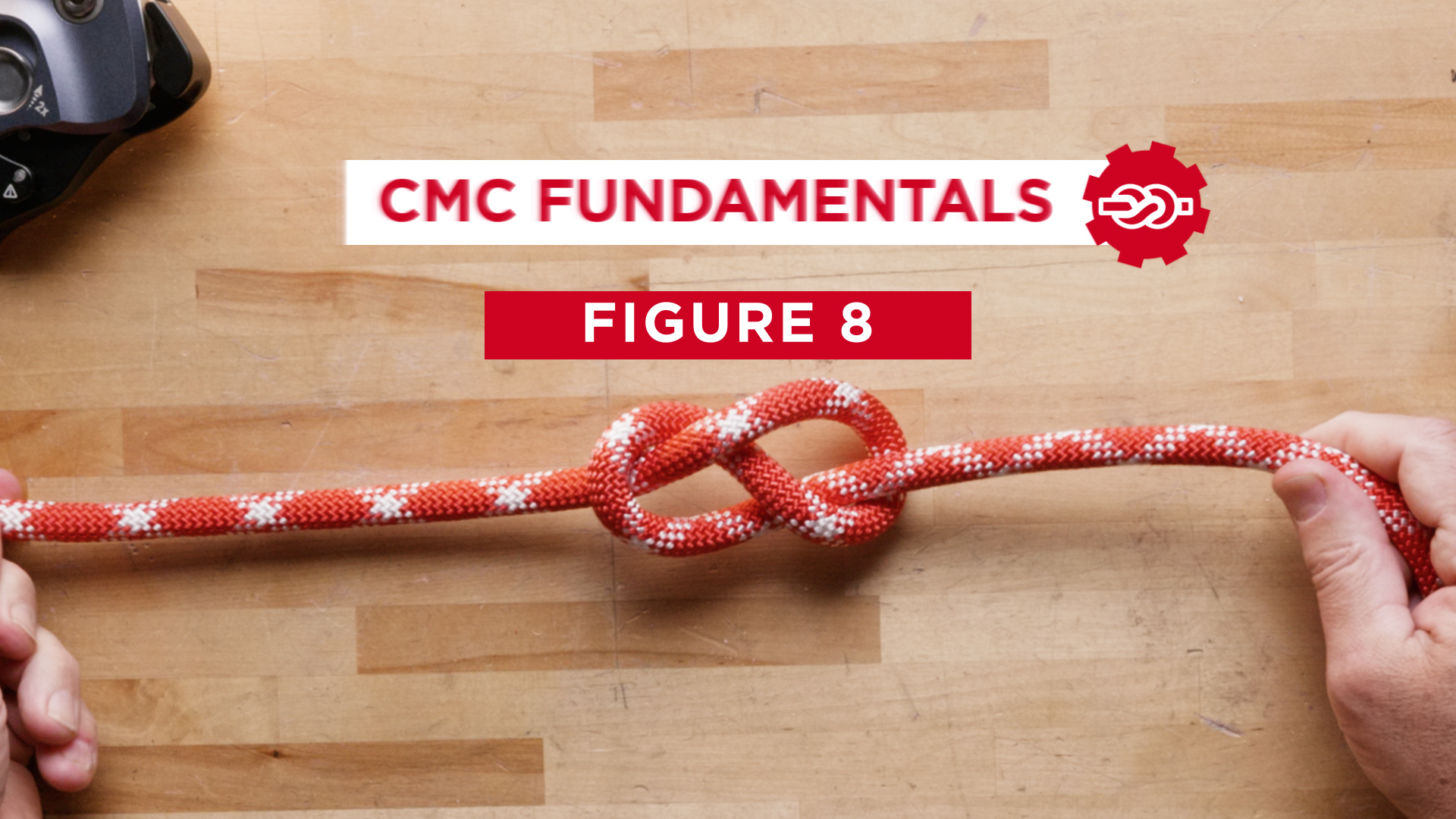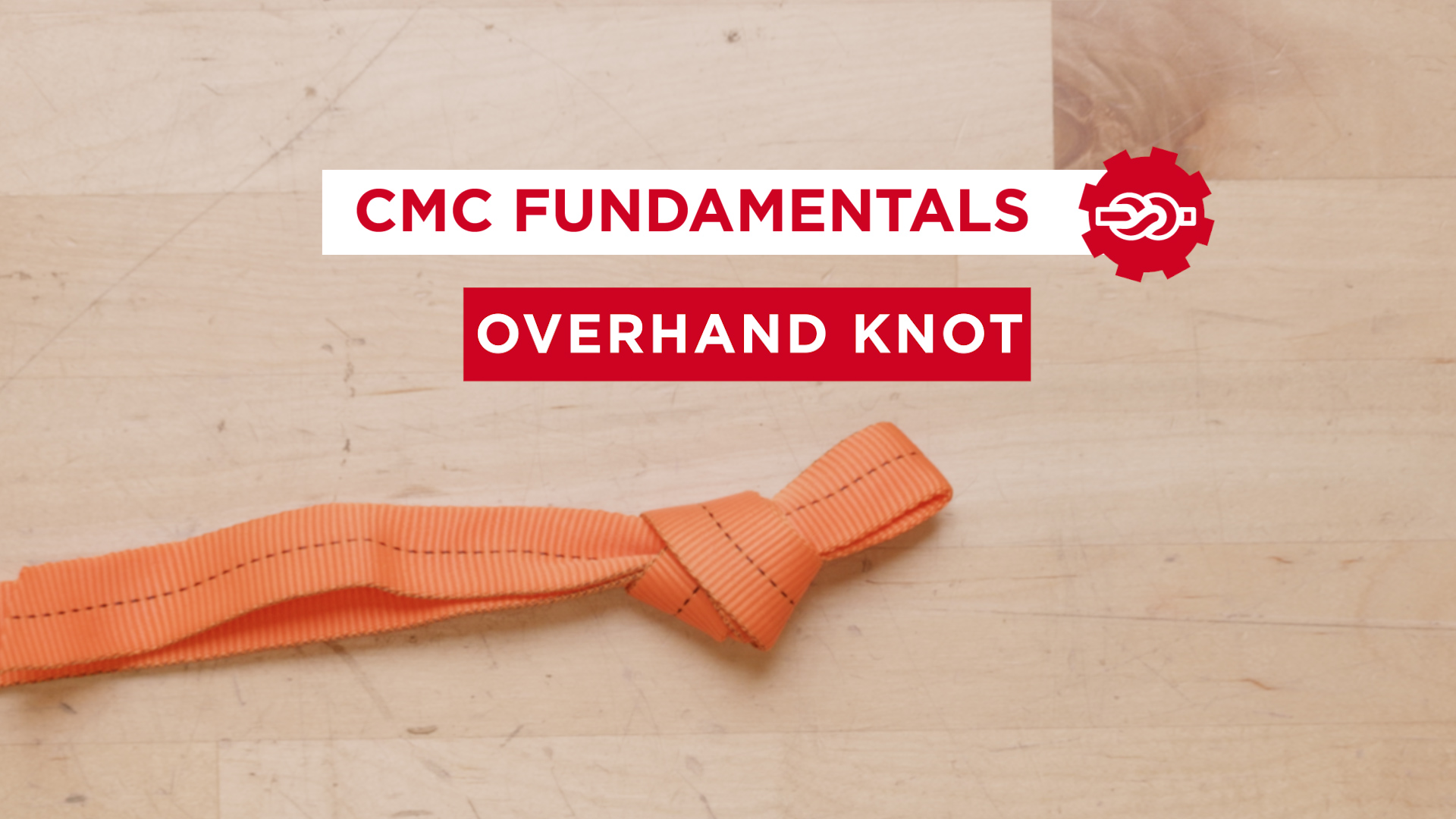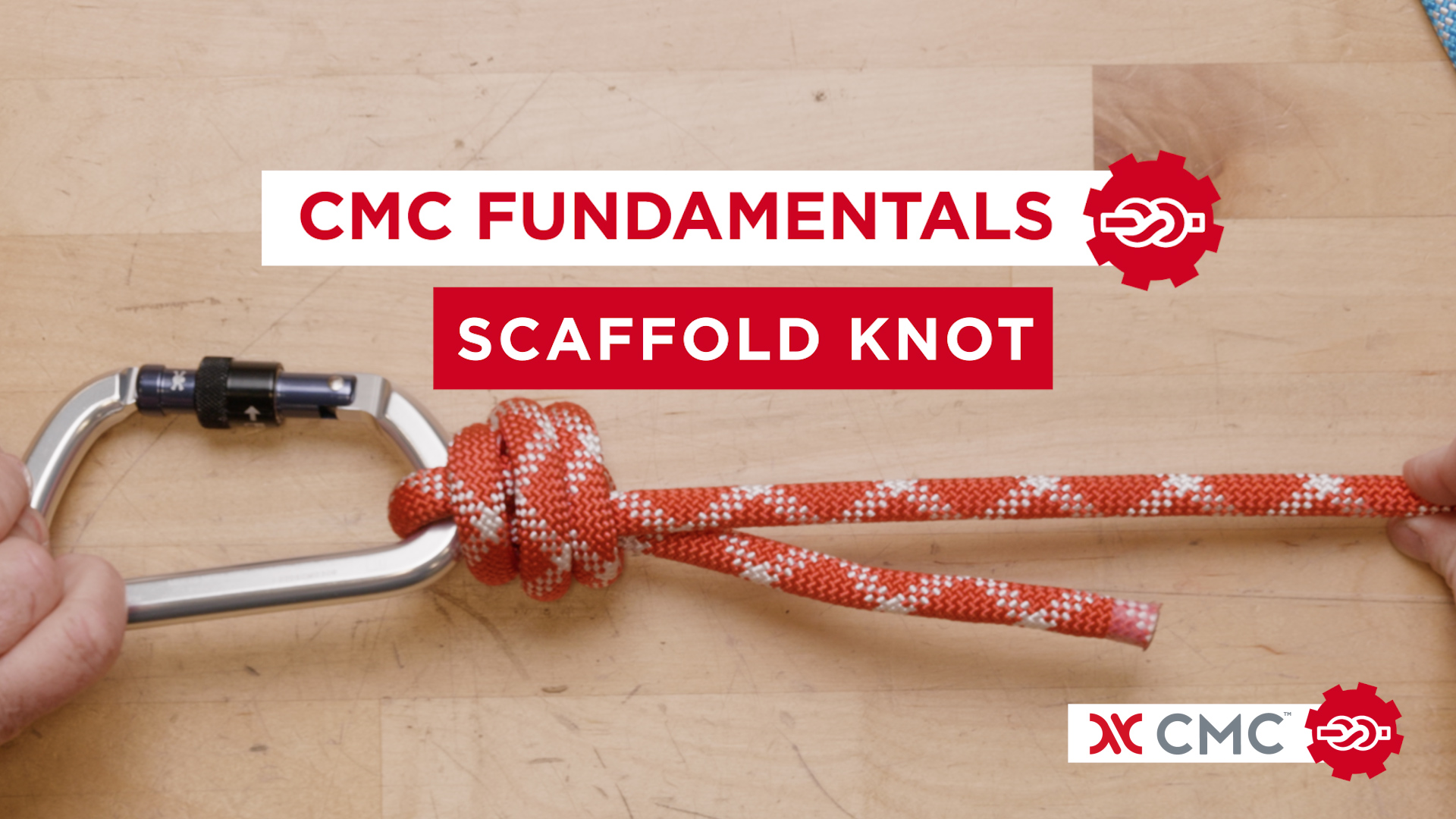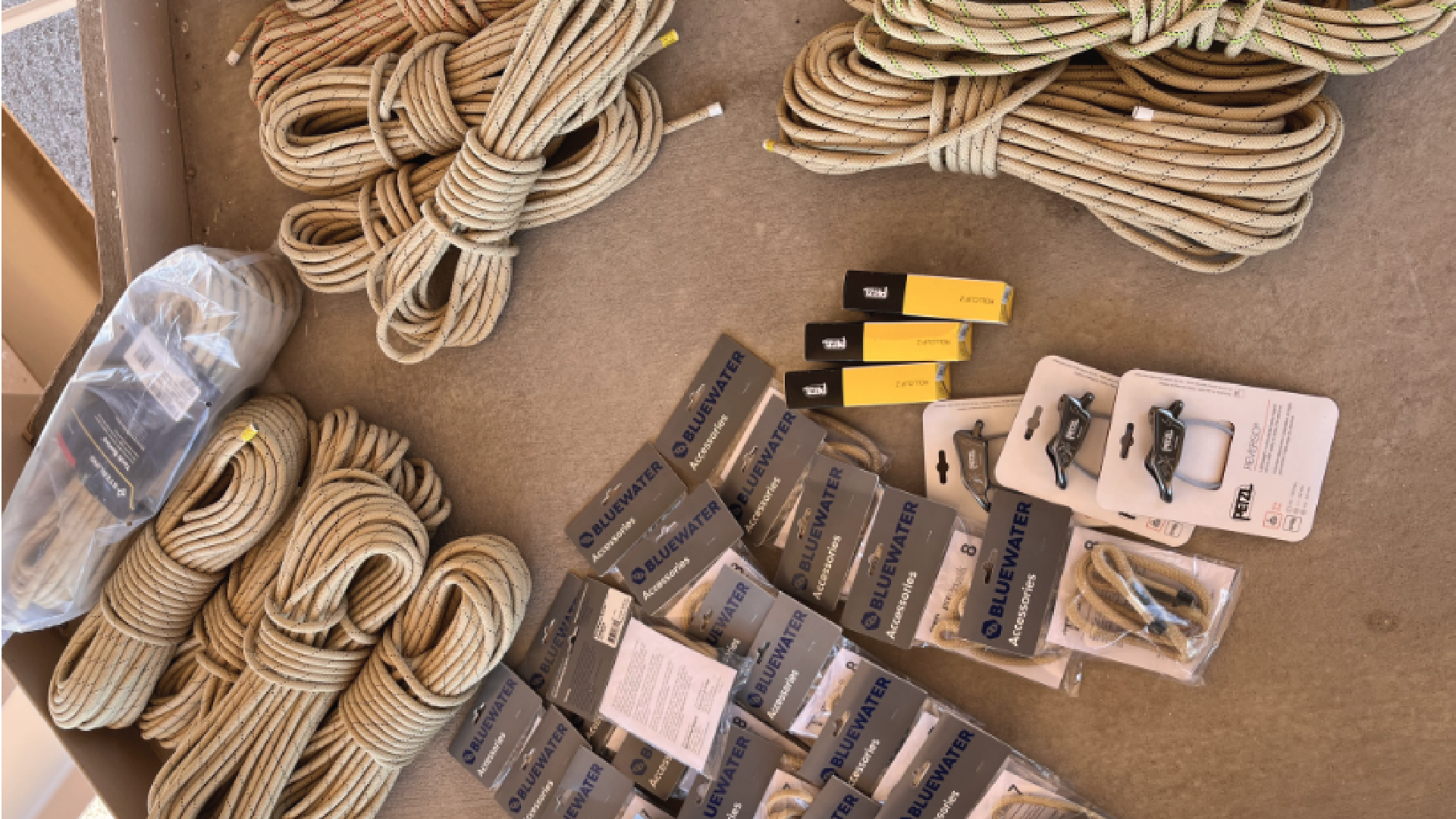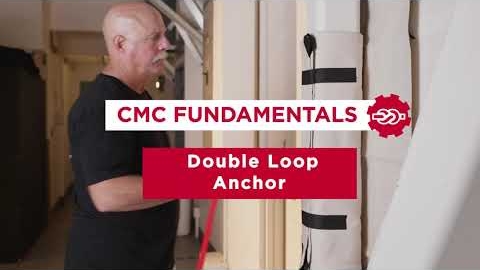Inspecting Life Safety Rope
The decision to retire a rope or to keep it in service relies on good judgment that comes only from experience in working with rope. Inspecting a life safety rope involves visually looking for damage, feeling for damage and checking the rope’s history in the rope log. Retire any rope which is greater than ten (10) years old from the date of manufacture, regardless of history and usage.
Inspect a new rope before it is put into service and then after each use. The inspection should be done by an experienced person deemed qualified by the agency/organization. A complete inspection includes a visual and a tactile inspection.
Visually inspect the sheath to identify chafed areas, glazed surfaces, discoloration or variations in diameter. These areas should receive additional scrutiny during the tactile inspection. Look for areas of abrasion or cuts in the sheath where the core is exposed or enough of the sheath is worn that its ability to protect the core is compromised.
The tactile inspection should be done with tension on the rope. Feel for variations in size and soft or hard spots that could indicate damage to the core or rope that has been overstressed. If any of the above are noted, the rope should be retired from service.
If the rope has been subjected to shock loads, fall loads or abuse other than normal rappel or rescue training, the rope should be retired from service. Each rope should be inspected before being used even if the rope has never been placed in service. Keep ropes away from acids, alkalis, exhaust emissions, rust, hydrocarbons or other strong chemicals. Do not allow rope to be shock loaded or used over sharp edges.
A non-destructive test that tells how much strength your rope has left does not exist at this time. The decision to retire a rope or to keep it in service relies on good judgment that comes only from experience in working with rope. Inspecting a life safety rope involves visually looking for damage, feeling for damage and checking the rope’s history in the rope log. It is impossible to state when to retire a rope because of the many variations with each rope. If you have any doubts about the integrity of a rope, retire it from service!
For more information on rope inspection, see the ASTM F1740 Standard Guide for Inspection of Nylon, Polyester, or Nylon/Polyester Blend, or Both Kernmantle Rope.

